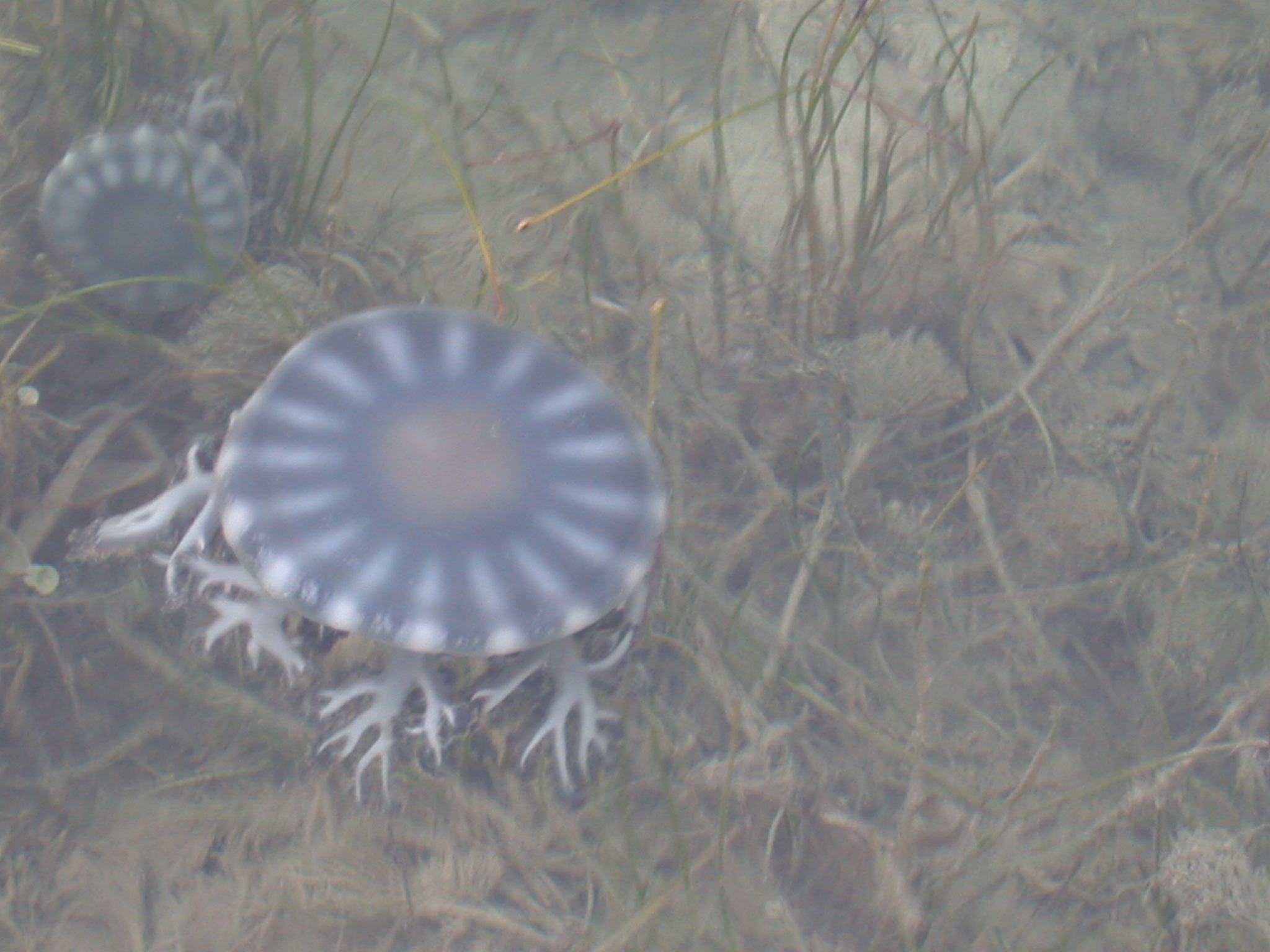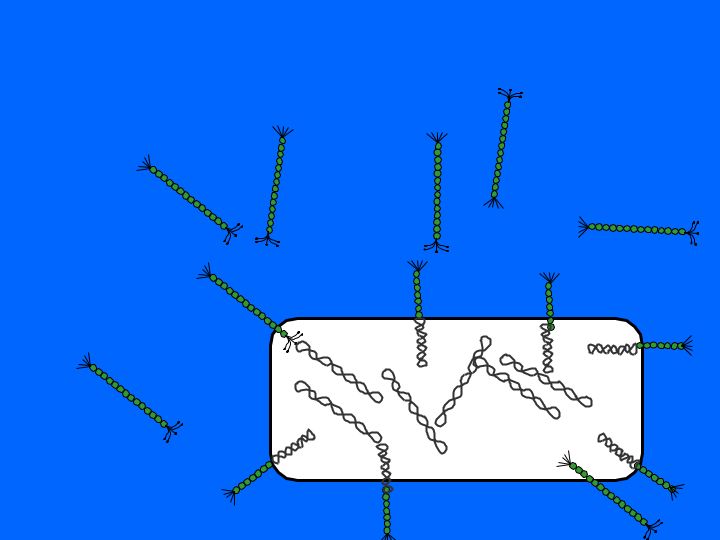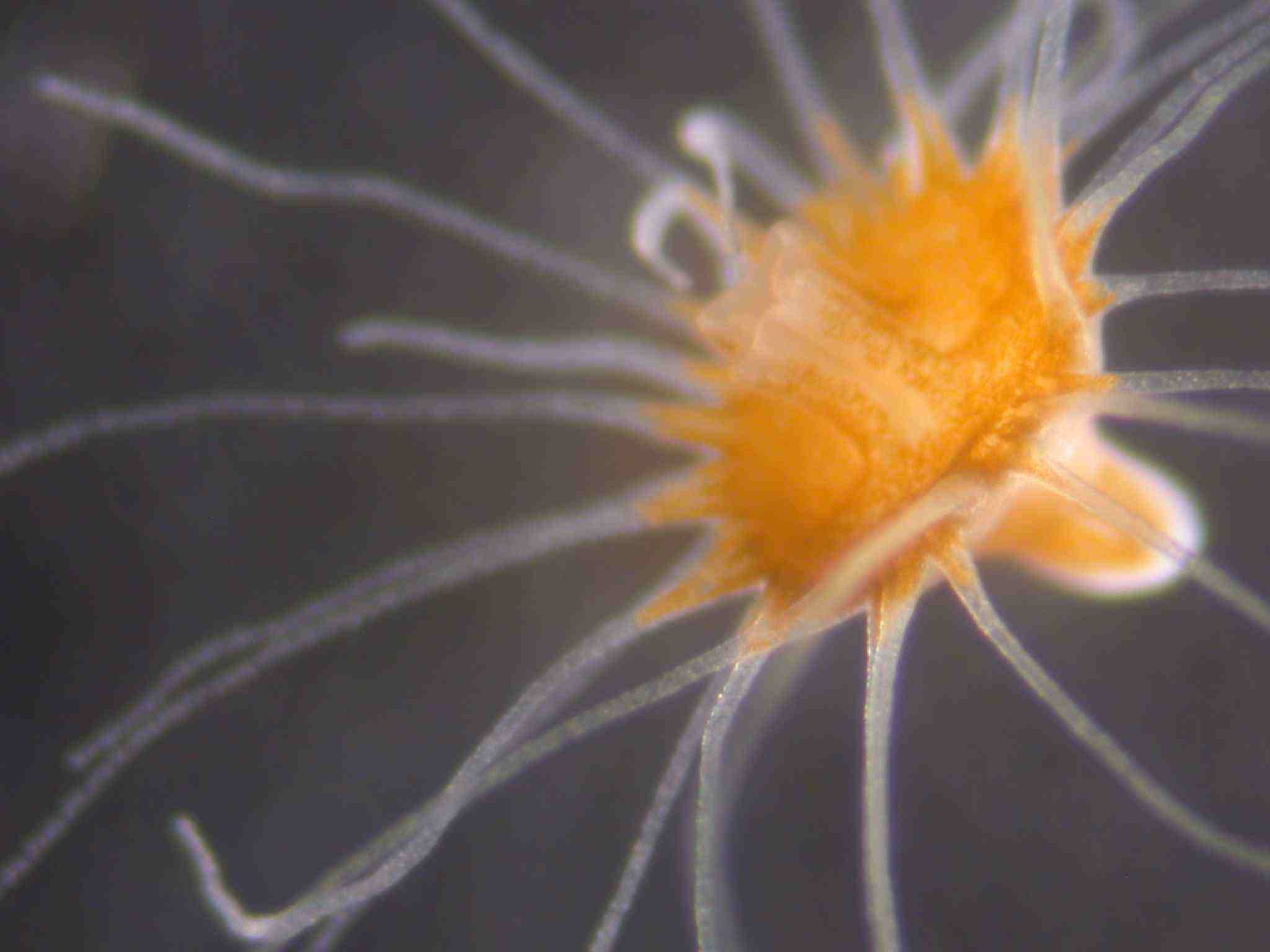Research Interests

I am intrigued by the cooperative systems that we commonly observe in nature, but can hardly explain. The evolution of cooperation is paradoxical, since we generally understand natural selection to work in a selfish manner. Thus, the evolution of cooperation (specifically between non-relatives) requires that individuals personally gain from their cooperative acts. My interest is to understand how cooperative individuals gain from their benevolent acts, and how “cheaters” or “free-loaders” are curtailed in cooperative systems. There is a surprisingly diverse set of mutualisms in nature for which we have no firm understanding of how cooperation is maintained, and why these systems aren’t destabilized by cheaters (individuals that gain the benefits from a partner, yet contribute nothing in return, as a parasite).
I am particularly fascinated by endo-symbioses, or intimate interactions between species with one partner often living inside of the other. In the most general sense, symbionts may be parasites, such as bacteria that can kill hosts and cause epidemics in humans and crops. Symbionts may also be mutualists, typified by mutually beneficial interactions such as the nitrogen-fixing bacteria in bean plants, photosynthetic algae harbored in coral reefs, and the beneficial bacteria in the guts of mammals, including humans. Symbiont effects on hosts thus range a wide continuum from benevolent to parasitic.
My recent empirical work focuses on two model systems. The first is a collaborative effort, studying jellyfish and their algal symbionts. This work is in done with T.P. Wilcox, a post-doctoral fellow here at the University of Texas.We study the upside-down jellyfish, a Caribbean species that ranges north to my field sites in the Florida Keys. Jellyfish (and relatives: corals and hydras) have an ancient mutualism with marine algae in which there is exchange of algal photosynthetic nutrients for shelter and nitrogen from the host. This mutualism is paradoxical in some species because there is infectious (horizontal) transmission of algae between hosts. Theory preicts that parasitism will evolve in symbionts that spread infectiously between hosts. This is because cheater strains can benefit by taking extra resources from their host then simply move on to new hosts. Our studies employ experimental evolution to test hypotheses about the forces behind cooperation and conflict in this system.
Mydissertation study is a model system with viruses that I developed
with my advisor, Jim Bull. This experiment uses viruses to directly
simulate the processes of symbiont cooperation and conflict. In this
system I use two non-lethal virus species infecting the same bacterial
cell and expose them to several selection regimes. In one experiment
I select for successful coexistense between two viruses during certain
parts of their life histories, but allow independent reproduction. Since
evolution occurs on the order of days or weeks in viral populations,
I can test hypotheses of between-species cooperation and conflict in
a rather timely manner. This work studies what evolutionary trajectories
the viruses take in their interactions at both the phenotypic and genotypic
levels. I am unaware of any other work that will can evolve cooperation
between organisms and then elucidate the genetic mutations that occurred
to make the evolutionary changes.

